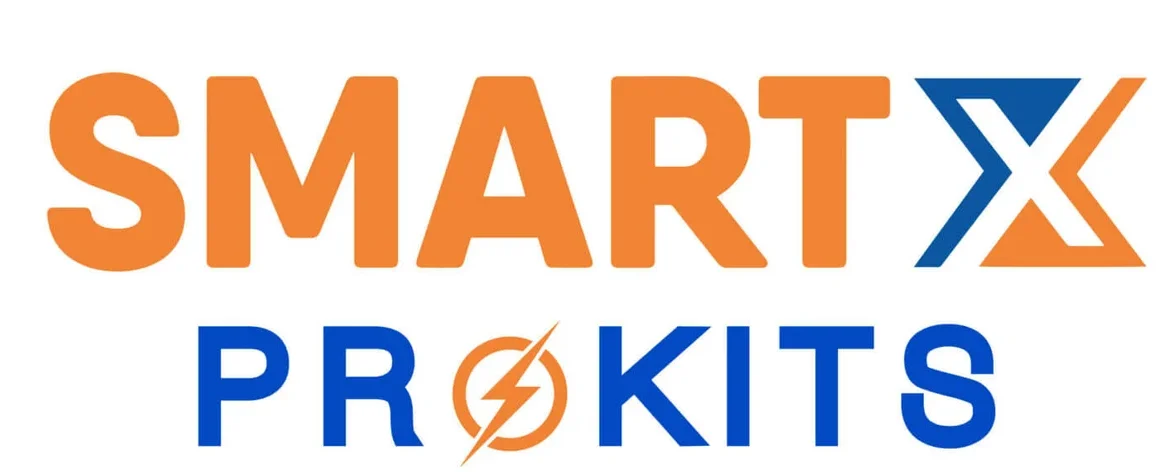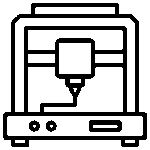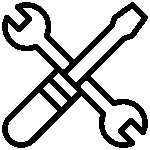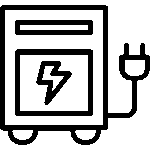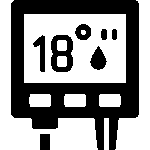Low Voltage DC-DC Converter Reference Guide: A Beginner’s Fix

Low Voltage DC-DC Converter Reference Guide: A Beginner’s Fix
When working on electronics projects, one of the most common challenges you might face is dealing with power requirements. Many electronic circuits need specific voltage levels to function properly, and this is where DC-DC converters come in. These converters allow you to step up or step down voltage to match the needs of your circuit. But what happens when the voltage from your power supply is too high or too low for your project?
For example, let’s say you are building a microcontroller-based project that needs 5V, but your power supply provides 12V. Using a simple DC-DC step-down converter can easily fix this issue, ensuring your project receives the correct voltage without damaging sensitive components.
Example :
Imagine you’re using a 12V adapter to power a 5V device, such as a small Arduino-based robot. Without a DC-DC converter, your robot would either not work or, worse, burn out due to the overvoltage. A step-down converter (buck converter) reduces the 12V input to the required 5V.
Sample Calculation :
If you need to step down 12V to 5V with an efficiency of 85%, the power consumption of a 2W device would be:
- Output Power (Pₒᵤₜ) = 5 W
- Efficiency = 90% (0.90)
To calculate Input Power (Pᵢₙ):
- Pᵢₙ = Pₒᵤₜ ÷ Efficiency
- Pᵢₙ = 5 ÷ 0.90
- Pᵢₙ = 5.56 W
Conclusion:
You’ll need a converter that can handle at least 5.56 W of input power.
Product Suggestion :
If you’re looking for reliable DC-DC converters or MOSFETs for your project, check out these Made in India components:
Shop now at SmartXProKits.in and support our work and India’s innovation—buy from our Make in India site!

